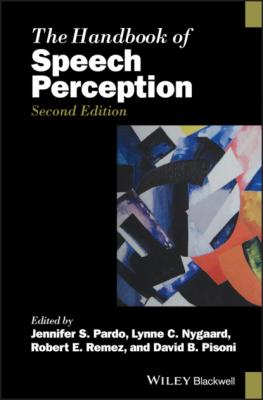ТОП просматриваемых книг сайта:
The Handbook of Speech Perception. Группа авторов
Читать онлайн.Название The Handbook of Speech Perception
Год выпуска 0
isbn 9781119184102
Автор произведения Группа авторов
Жанр Языкознание
Издательство John Wiley & Sons Limited
11
Part III: Perception of Indexical Properties
13 Perception of Dialect Variation
Perceptual classification of regional dialects
Effects of dialect variation on speech perception and processing
Challenges for the future
REFERENCES
14 Who We Are: Signaling Personal Identity in Speech
Acoustic components
Recognition versus discrimination of voices
Familiar and unfamiliar voices
Personally familiar voices
How many voices?
A historical view of phonagnosia studies: Early lesion studies
Neuroimaging studies of voice‐identity perception
Other brain areas in voice perception
Voice acquisition and memory storage: Familiar and unfamiliar voices
Time course of voice‐identity processing
Toward a model of voice‐identity perception
Brain systems and networks in voice recognition
REFERENCES
15 Perceptual Integration of Linguistic and Non‐Linguistic Properties of Speech
Consequences of variation in spoken language
Tracking systematic variation during the perception of speech
Linguistic structure and talker recognition
The informativeness of non‐linguistic variation
Outstanding questions
Conclusion
REFERENCES
16 Perceptual Learning of Accented Speech
Nonnative

